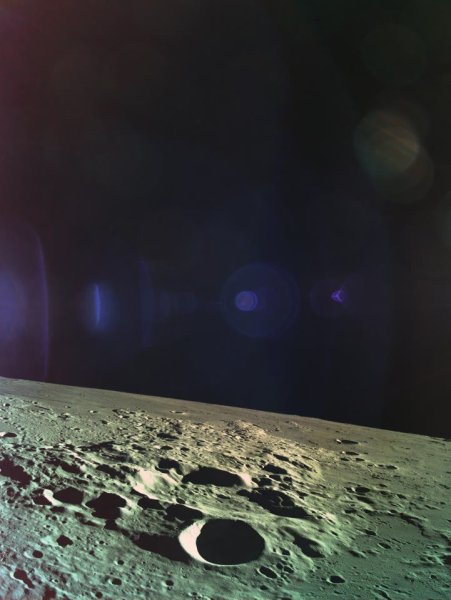An announcement from the Arch Mission Foundation and Xplore:
Xplore and the Arch Mission Foundation partner to fly Arch™ Libraries
to the Moon, Mars, Venus and Asteroids
Arch™ Libraries will fly on Xplore missions beginning in 2021
to cislunar and interplanetary destinations.
June 11, 2019, Seattle, WA – Xplore and the Arch Mission Foundation today announced that Xplore spacecraft will host specially designed Arch Libraries on its planned missions to the Moon, Mars, Venus and Near-Earth Asteroids starting in 2021.
“Our civilization’s knowledge is precious. Helping distribute Arch™ Libraries in space is an important way to secure this valuable data. The Xplore team is proud to host the Lunar Library™ payload on our missions,”
said Jeff Rich, CEO of Xplore.
“These archives provide a personal connection to space,” said Jeff Rich. As an Arch Strategic Advisor, Mr. Rich’s image was etched into nickel and included on the Arch™ Lunar Library in 2019. “It is humbling to know my image is likely intact on the Moon’s surface. Soon we will enable everyone to bring their life into space as millions of individuals can include photos and stories in the Arch™ Libraries.”
[ Nova Spivack, Co-founder and CEO of the Arch Mission Foundation, said,]
“We are thrilled to work with Xplore, and join their mission to expand human knowledge through scientific space explorations,” […] “Partnering with Xplore enables us to continue expanding our Lunar Library™, and establish new Arch Libraries throughout our solar system as part of our Billion Year Archive. We are thankful to generous partners like Xplore who believe in our mission and are willing to help us achieve it.”
The Billion Year Archive™ is a solar system-wide collection of Arch Libraries that can preserve, connect, and share humanity’s knowledge for billions of years, and serve as a backup of planet Earth. Xplore and the Arch Mission Foundation are enabling new demonstration missions that expand the Billion Year Archive™ throughout the solar system. Together they will develop technologies that ensure the Arch Library’s 30 million pages of contents are detectable and functioning after extended time periods in deep space.

About Xplore: Xplore is a privately-funded commercial space company focused on the scientific exploration of our solar system. The mission of Xplore is to expand human knowledge beyond Earth via continuous commercial Xpedition™ missions to the Moon, Mars, Venus, and Near-Earth Asteroids. Xplore has been building its strategy, team and spacecraft since 2017 and is planning missions beginning in 2021.
Xplore provides hosted payload Xpedition™ services for scientific instruments, branding, technology demonstrations, tributes, memorials, art and custom payloads, opening up interplanetary space to national space agencies, researchers, companies, non-profit organizations and individuals. Visit: www.xplore.com
About The Arch Mission Foundation: Co-founded by Nova Spivack and Nick Slavin, the Arch Mission Foundation is a non-profit organization that maintains a backup of planet Earth, designed to continuously preserve and disseminate humanity’s most important knowledge across time and space. Visit: www.archmission.org

====
Note that one archive of the Arch Lunar Library™ made it to the Moon this year, hopefully in one piece: The Lunar Library: Genesis — Arch Mission Foundation
The Arch Lunar Library™ represents the first in a series of lunar archives from the Arch Mission Foundation, designed to preserve the records of our civilization for up to billions of years. It is installed in the SpaceIL “Beresheet” lunar lander, which crashed on the Moon in April of 2019.
Currently it is believed that the Lunar Library survived the crash of Beresheet and is intact on the Moon according to our team of scientific advisors based on imagery data provided by NASA’s LRO.
The Lunar Library contains a 30 million page archive of human history and civilization, covering all subjects, cultures, nations, languages, genres, and time periods.
Another archive is on a Tesla that travels between Mars and Earth.
====
The Case for Space:
How the Revolution in Spaceflight Opens Up
a Future of Limitless Possibility







